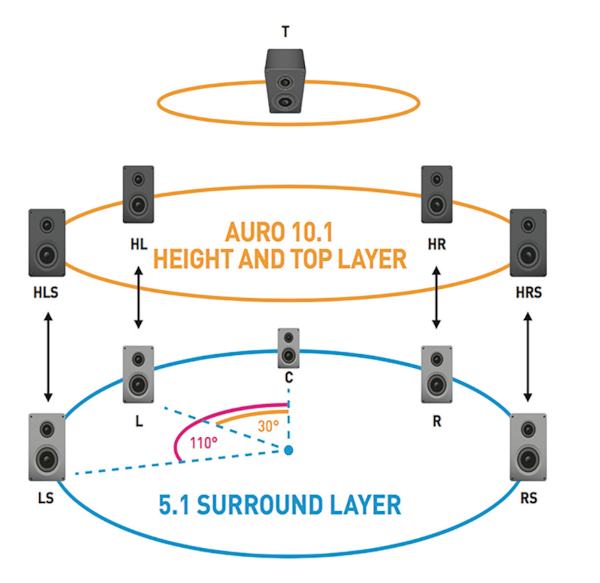Unless your listening room is in a sphere with a perforated floor, 3D audio can't exist.
As to 180° 3D audio, which most people can possibly do, honestly, the last thing you need is height/over-head speakers. A 5 or 7 speaker surround system will, for the most part, do the job.
While humans' ear design can hear sound sources vertically, our ability to hear sounds horizontally is more adept.
Also, very few music titles are done in Atmos/etc. so why bother?
Is hearing some ambience above your head really going to make the music better? Most likely not.
Is an aircraft fly-over that is done via Atmos or what ever going to keep the movie from having a lousy script or direction? No.
I have nothing against a half sphere of surround. I think it's great, but I doubt that upsampling to it is not always ideal.
It's not a well supported format. Perhaps, one day, it will be.


































































